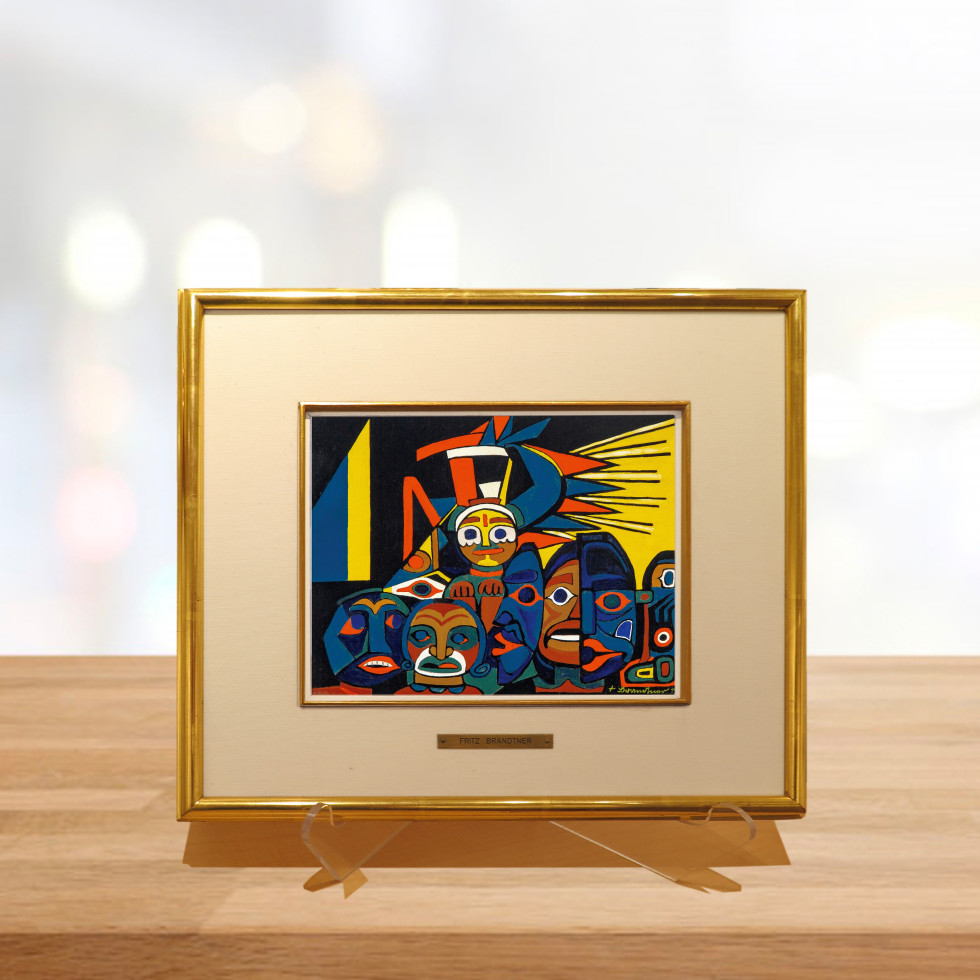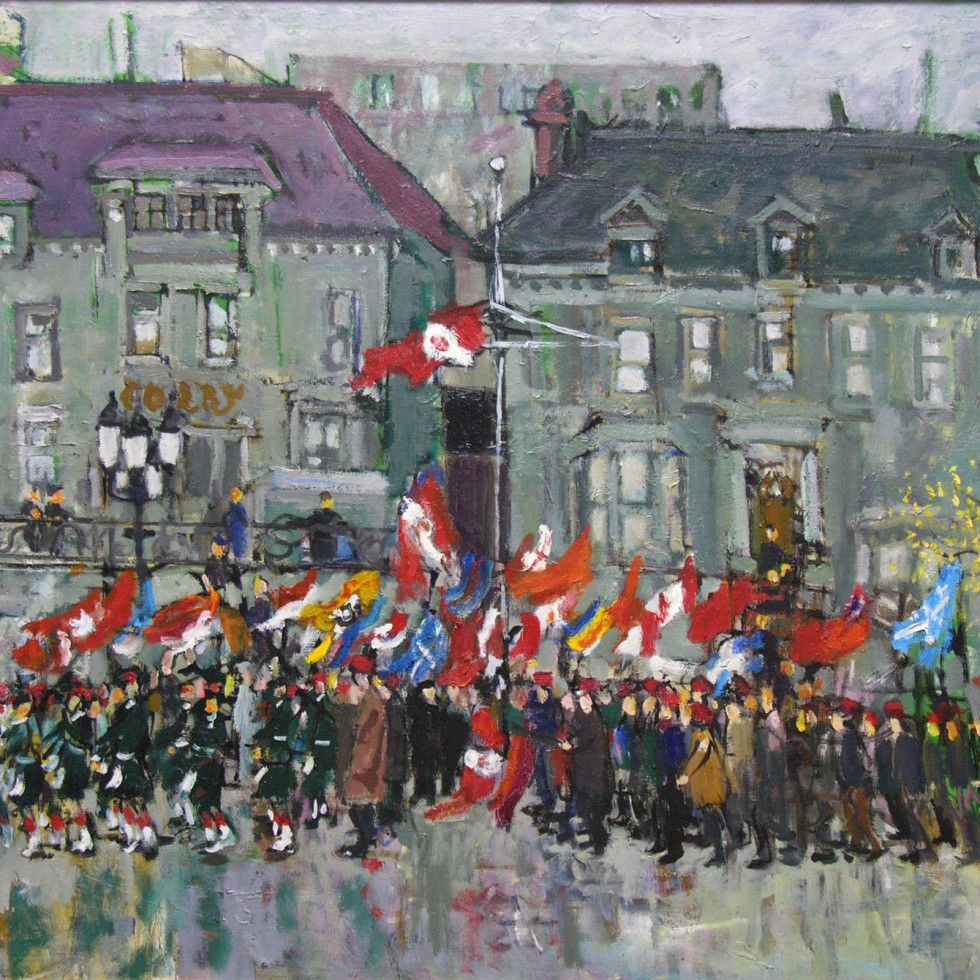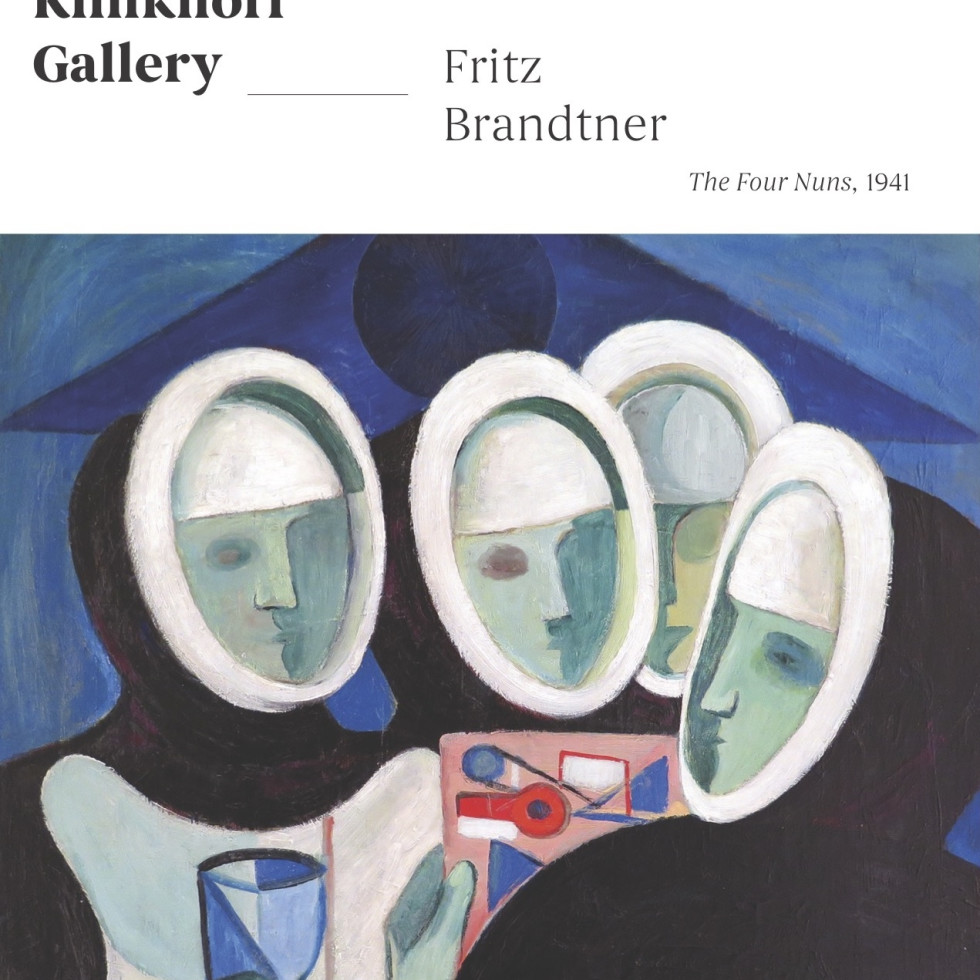Friedrich Wilhelm (Fritz) Brandtner
 "Nature can be compared to a frame (the frame of life). It is the edge around the boundaries of experience. If we continue to consider only the frame of nature and not the emotional content, then we have not gained anything or used meaningfully the language of the painter. Art comes from character and personality more than from theory and imitation in nature."
Fritz Brandtner, late 1960s
"Nature can be compared to a frame (the frame of life). It is the edge around the boundaries of experience. If we continue to consider only the frame of nature and not the emotional content, then we have not gained anything or used meaningfully the language of the painter. Art comes from character and personality more than from theory and imitation in nature."
Fritz Brandtner, late 1960s
Fritz Brandtner was born in Danzig, Germany in 1896. He immigrated to Canada in 1928, settled in Winnipeg and mounted a solo exhibition within a few months of his arrival. He found work as a commercial artist, muralist and set designer and met Bertram Brooker, LeMoine FitzGerald, Caven Atkins and Philip Surrey. Because Brandtner had a great deal of trouble having his style of work recognized by the Winnipeg art scene, Fitzgerald suggested he might be more successful in Montreal and put him in contact with Robert Ayre, the Montreal art critic and Winnipeg native.
Brandtner heeded his friend's advice and arrived in Montreal in 1934. Ayre introduced him to other Montreal artists, including Louis Muhlstock, André Biéler, Jori Smith, John Lyman, Marian Scott and Anne Savage. Brandtner met Dr. Norman Bethune at an exhibition of his works in 1936, and through him became involved in the Children's Art Centre and the art program for crippled children at the Children's Memorial Hospital.
Over the next 20 years, Brandtner taught art in numerous community organizations and schools, and directed the University of New Brunswick's summer art school for several years. He made numerous sketching and painting trips to the Gaspé, Laurentians and Nova Scotia.
Brandtner worked in oil, watercolour, graphite, charcoal, mixed media, carved linoleum and encaustic. In both figurative and abstract work, his subjects were varied and included landscapes, cityscapes, portraits and anti-war images as well as still lifes. He experimented early on in abstraction, and his painting trips inspired numerous abstract landscapes.
Brandtner was the subject of some 15 solo exhibitions across Canada, and participated in numerous international group exhibitions. He was a member of the Contemporary Arts Society and received a number of awards, including the 1946 Jessie Dow Award, given by the Art Association. His work is represented in the collections of the National Gallery of Canada, the Art Gallery of Ontario, the Vancouver Art Gallery, and the Musée national des beaux-arts du Québec.









